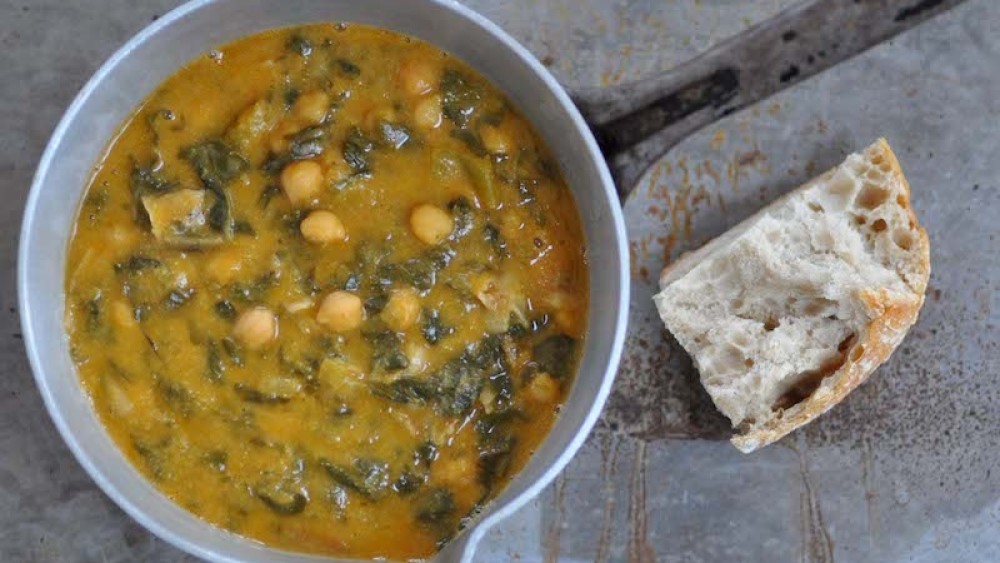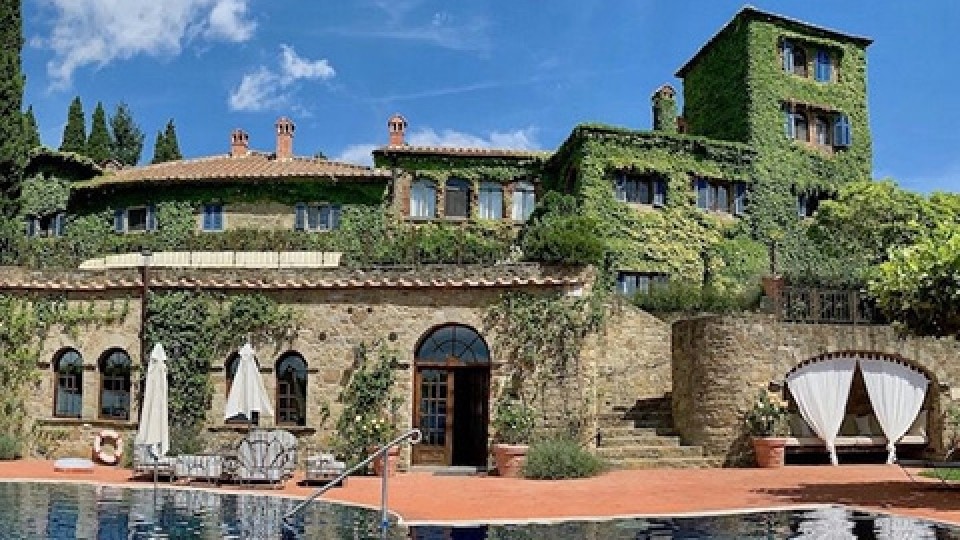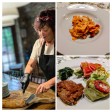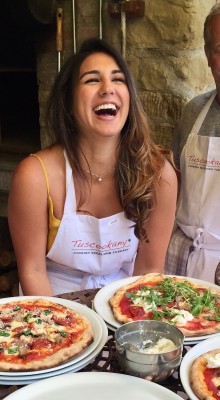What do you know about Chickpeas and how they are prepared
February 22, 2017

Chickpeas are healthy, delicious and so versatile. Learn more about this popular legume and its history and have fun cooking up a storm with us at Tuscookany
Known and appreciated for centuries, chickpeas are the representation of a long history that begins with their Italian and Latin name, respectively cecio and cicer. Marcus Tullius Cicero was one of the most powerful Romans of the 100 BC, a legendary figure who is remembered as lawyer, constitutionalist, politician, orator, political theorist, consul and philosopher. And do you why this exceptional being was called Cicero – or Chickpearo, if you prefer? Because it is said he had an outgrowth on the nose that looked like a chickpea (i.e. cicer). Of course, you will not find it in the official statues, but that is another narcisistic story.
Back to the Cecio
Chickpeas were famous even before the Romans came around. In fact, they have been one of the staple foods of the Mediterranean region since the Bronze Age. Truth be told, archaeologists found proof that the legume was used even in Iraq in prehistoric times. Back to the Mediterranean, we find our ceci (plural of cecio in Italian) in the ancient Greek language. The term kikus, which was used to identify the chickpea, meant “strength and power.” As a matter of fact, Greeks and Egyptians thought the legume was not only nutritious but also an aphrodisiac.
What is the reason for the success of this tasty little treasure? Quite simply, the fact that its plant (the Cicer Arietinum) is extremely easy to grow all year-round, even in sandy terrains. Furthermore, the legume is extremely rich in proteins and even today is the most used for human consumption after generic beans and soy. If their tastiness was not enough, it turns out ceci are very easy to preserve. All you need to do is dry them. Soak them for 12 hours in cold water and they will come back to life.
Another point in their favour: they are healthy, really healthy. In fact, they contain vitamin C, E, B1, B2, B3, vegetable proteins, phosphorus, magnesium, calcium, iron and fibres.
Cultural Matters
Chickpeas have a place in multiple cultures around the globe. In Italy, they are an historical key culinary player especially in Liguria, Tuscany (yep, that’s where we are!), Lazio and Umbria. The most famous Italian recipe that includes ceci is probably the pasta e ceci, but the Tuscan zuppa di ceci is the most beloved in the peninsula for its comforting texture. And the best thing is that chickpeas combine perfectly with other legumes, fish, molluscs and crustaceans, and they are delicious when eaten alone, even if they get cold.
A curiosity that demonstrates the centrality of the legume in the Italian culture, the idiom “in ginocchio sui ceci” (kneeling on chickpeas). Today, it is used to represent repentance and apology made by humbling yourself in front of someone. It actually comes from an old pedagogical tool used by Italian teachers who used to punish their young students by asking them to kneel on chickpeas. In Liguria, when you feel upset and keep complaining, it is common to say “sto bollendo i ceci” (I am boiling chickpeas), because a boiling pot of chickpeas sounds like someone mumbling.
Please share your thoughts about our chickpea post? We’d love to hear from you in the comments below, or share our Tuscookany post with your friends?

Interested in our cooking courses at one of our Tuscan villas?
Do you want to enjoy our Tuscany cooking classes with plenty of time to explore in your free time, all while staying in an amazing villa?
Reviews
How our guests experienced the Tuscookany courses
Reviews from our former guests made about their visit to Tuscookany on TripAdvisor, facebook, Twitter, Google, Chow and Yelp.











